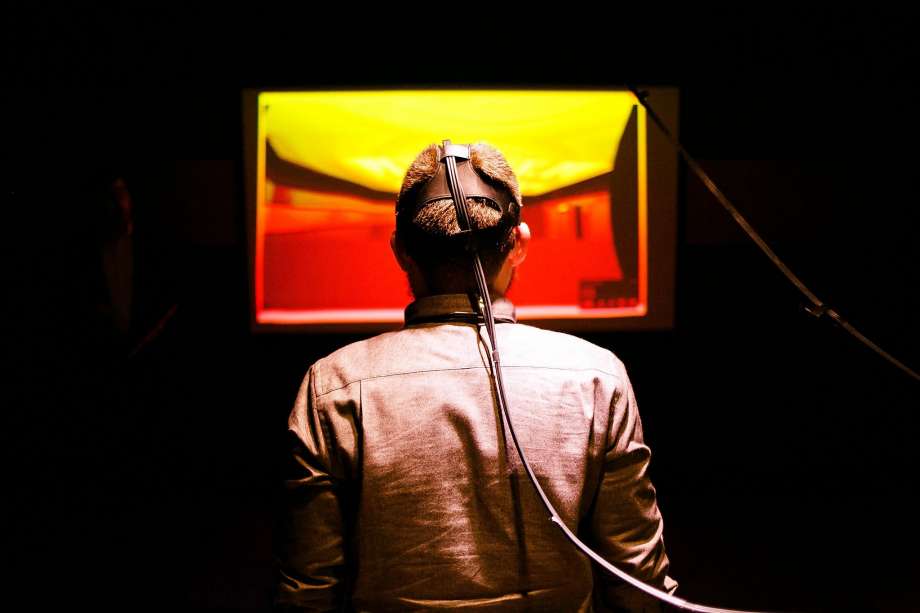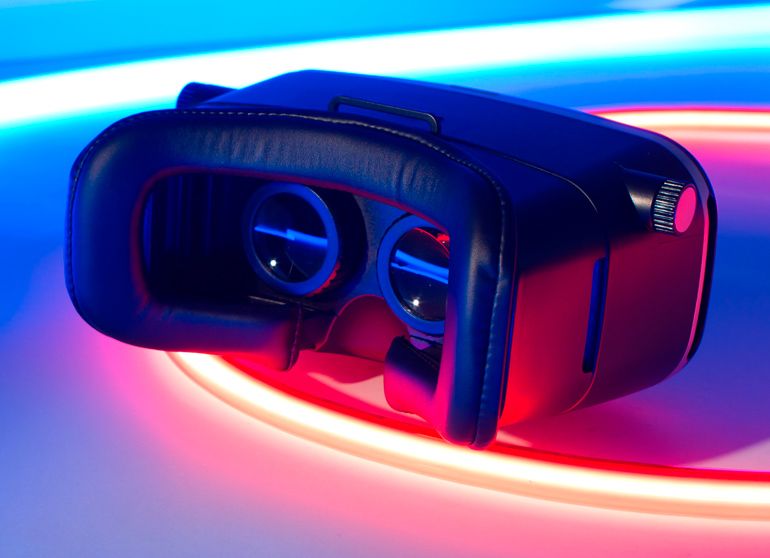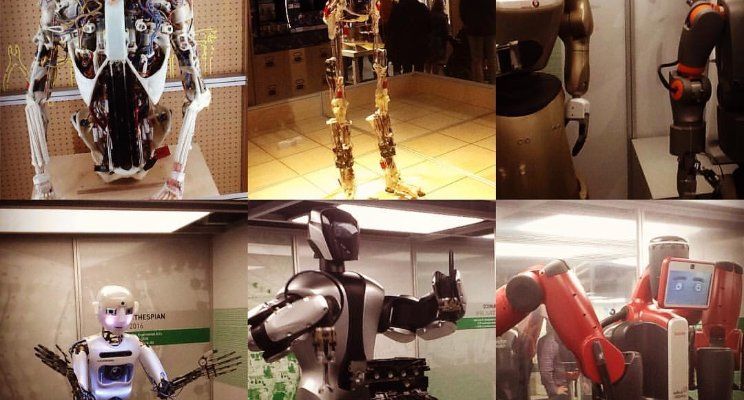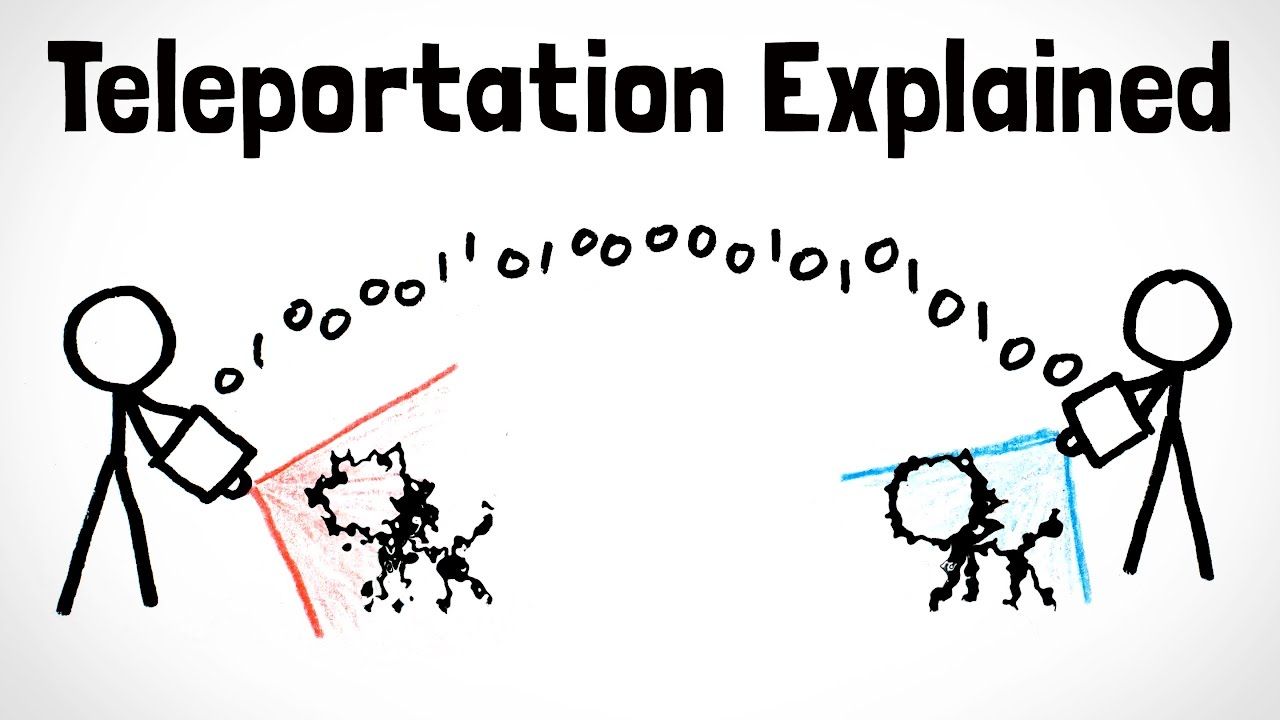““I see a much larger opportunity for collaboration, not just between the universities, but between the universities and the industry.””
“While most people focus on the compute and graphics requirements for virtual reality, storage is the bigger problem going forward.”
A few ideas on self-awareness and self-aware AIs.
I’ve always been a fan of androids as intended in Star Trek. More generally, I think the idea of an artificial intelligence with whom you can talk and to whom you can teach things is really cool. I admit it is just a little bit weird that I find the idea of teaching things to small children absolutely unattractive while finding thrilling the idea of doing the same to a machine, but that’s just the way it is for me. (I suppose the fact a machine is unlikely to cry during the night and need to have its diaper changed every few hours might well be a factor at play here.)
Improvements in the field of AI are pretty much commonplace these days, though we’re not yet at the point where we could be talking to a machine in natural language and be unable to tell the difference with a human. I used to take for granted that, one day, we would have androids who are self-aware and have emotions, exactly like people, with all the advantages of being a machine—such as mental multitasking, large computational power, and more efficient memory. While I still like the idea, nowadays I wonder if it is actually a feasible or sensible one.
Don’t worry—I’m not going to give you a sermon on the ‘dangers’ of AI or anything like that. That’s the opposite of my stand on the matter. I’m not making a moral argument either: Assuming you can build an android that has the entire spectrum of human emotions, this is morally speaking no different from having a child. You don’t (and can’t) ask the child beforehand if it wants to be born, or if it is ready to go through the emotional rollercoaster that is life; generally, you make a child because you want to, so it is in a way a rather selfish act. (Sorry, I am not of the school of thought according to which you’re ‘giving life to someone else’. Before you make them, there’s no one to give anything to. You’re not doing anyone a favour, certainly not to your yet-to-be-conceived potential baby.) Similarly, building a human-like android is something you would do just because you can and because you want to.
In the next few years Space X and Virgin Galactic will be sending tourists into orbit and during a brainstorming session for last years SpaceApps Challenge we brainstormed some possible applications for Space Robots.
Last night on the International Space Station Astronaut Thomas Pesquet showed the SPHERES robots testing software that will be used to clean up space junk. Smaller versions of these robots could be developed with multiple ports for a Go Pro Camera linked to a SmartWatch app for Space Selfies or for a Virtual Reality 360 degree recording for the Tourists of their trip. Having wireframed for the Samsung Gear Watch App to be used on the International Space Station and with the advances in technology its easy to see how Siri/ Cortana/ Alexa could be incorporated into a SPHERE type Astromechanical robot to advise of Comms, Timetable scheduling and the other apps that are required for day to day use on the International Space Station. Fun applications that we came up with for the Space Apps challenge was a version of Space- Quidditch and Jedi Training for a SPHERE robot fitted with mini propulsion tanks.
The Annual SpaceApps Challenge is a great way of streching your tech skills and learning new ones. If you would like to host a SpaceApps event the deadline is today:
SoFi is just the kind of deal that Chen has been pursuing: His NYSE-listed company, once known as the Facebook of China, has been investing in fast-growth tech start-ups to broaden its revenues and boost its stock price. That connection with Renren has also boosted SoFi.
“Joe is a great investor and was our investor from the early days. He saw the vision early on and pushed us to grow faster and be more aggressive,” said Dan Macklin, a co-founder of SoFi in San Francisco.
Similarly to Renren, China’s tech titans Baidu, Alibaba and Tencent are leading a surge of Chinese investment in cutting-edge U.S. technology start-ups with bold ambitions to expand their footprint, attract top talent and gain an edge in innovation.









